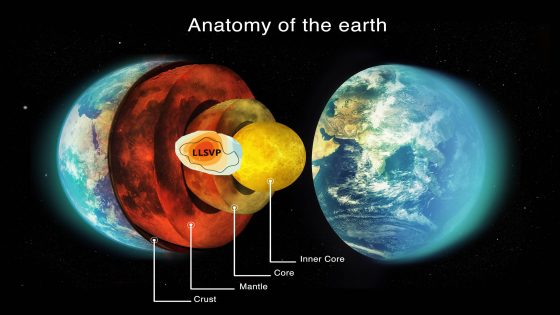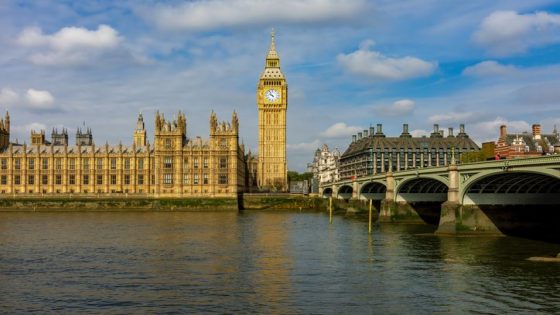Neanderthal populations faced a significant genetic bottleneck around 110,000 years ago, leading to a sharp decline in their numbers. This event raises intriguing questions about how early humans adapted to environmental challenges. Recent studies reveal that this collapse may have set the stage for their eventual extinction, which occurred about 40,000 years ago.
- Neanderthals thrived for over 250,000 years.
- Genetic bottleneck occurred around 110,000 years ago.
- Earlier Neanderthals showed significant genetic diversity.
- Inner ear analysis reveals evolutionary patterns.
- Climate change may have triggered population decline.
- Previous assumptions about early bottlenecks challenged.
Understanding the Neanderthal Genetic Bottleneck and Its Impact
What caused the Neanderthal population crash? This pivotal moment in their history reshaped their evolution. Recent findings indicate that their genetic diversity sharply declined, suggesting a struggle for survival well before their extinction.
The Factors Behind Neanderthal Population Decline and Survival Challenges
Neanderthals once thrived across Eurasia, displaying remarkable genetic and physical diversity. However, around 110,000 years ago, a catastrophic event drastically reduced their numbers. This decline may have resulted from several factors:
- Climate change leading to food scarcity.
- Competition with other hominins, like Denisovans.
- Possible disease outbreaks affecting isolated groups.
- Long-term impacts on their ability to adapt to environmental changes.
Insights from Fossil Evidence and Genetic Studies
Fossil analysis has revealed that early Neanderthals were genetically diverse, which helped them adapt to various environments. However, the evidence indicates a dramatic loss of this diversity around the time of the bottleneck. This suggests that Neanderthals were not always struggling; they thrived before facing significant challenges.
What Can We Learn from Neanderthal Extinction?
The Neanderthal story is not just about extinction; it’s about resilience and adaptation. Understanding their decline can shed light on how species, including humans, respond to environmental pressures. As we confront our own challenges, these lessons become increasingly relevant.
Exploring the Future of Human Evolution
As we study Neanderthals, we gain insights into the complexities of evolution. Their genetic bottleneck serves as a reminder of the fragility of biodiversity. How can we ensure that modern humans do not face similar risks? By learning from the past, we can better prepare for the future.

































